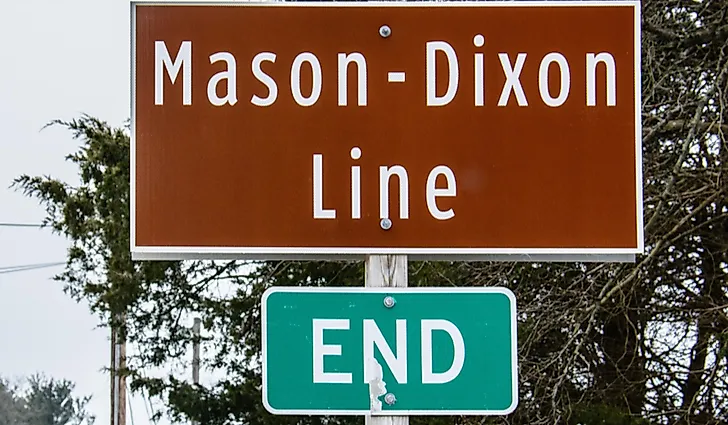Jeremiah Dixon – Founder of the Mason-Dixon Line

5. Early Life
Jeremiah Dixon was born into a Quaker household on July 27th, 1733, in Cockfield, County Durham, England. During his early education at John Kiplings's School, held at Barnard Castle, he became interested in astronomy and mathematics. Not much information about his early life is available, other than the fact that he was also infatuated with the eminent scholars and scientists he met at the time, such as William Emerson, John Bird, and Thomas Wright, each of whom inspired Dixon to pursue a scientific career. He was also recorded as breaking Quaker rules by using alcohol and irritating his father.
4. Career
In 1761, probably at the recommendation of his friend and mentor John Bird, Dixon became a research assistant at the Royal Society, where he began to collaborate with Charles Mason. The two men would ultimately work on many important projects together. Their first task was to observe the Transit of Venus in 1761 at the Cape of Good Hope. Then, in 1763, Dixon and Mason went on a special mission on behalf of Mr. Penn and Lord Baltimore to measure the boundary line between Maryland and Pennsylvania. This was in order to resolve a boundary dispute between these two states. The project took them almost four years to complete, during which time they also measured a degree of the Earth's meridian in Maryland.
3. Major Contributions
Throughout his career, Dixon was commissioned to work on various important projects which would prove to be crucial contributions to the development of the fields of geography and astronomy, and scientific advancements in general. He is best known for what was later to become known as the Mason-Dixon Line, which settled the borders of the colonies of Pennsylvania, Virginia, and Maryland in what would soon become the United States of America. He and Mason also drew maps detailing these borders. He was commissioned once more by the Royal Society to observe the transit of Venus in 1769 as he had in 1761. Dixon also made other important contributions to the development of modern astronomy, both independently, and working alongside Mason and others.
2. Challenges
The Mason-Dixon project turned out to be more challenging and time-consuming than the two men ever could have imagined. They had to cope with harsh weather all along the wild American frontier and possible hostilities and aggression from indigenous peoples living there, as well as other rival colonial powers' forces. Due to the existing agreements signed between indigenous peoples and colonial powers, as well as agreements between the colonial powers themselves, their work was confined significantly, and they could not complete all of what they originally intended to. Meanwhile, inadequate scientific equipment and means of measurement also hindered their project. Facing such difficulties, they still managed to conclusively define three important borders that more or less stand to this day.
1. Death and Legacy
Dixon died in his hometown of Cockfield in County Durham on January 22, 1779 at the age of 45. He remained unmarried throughout his entire life, and the cause of his death remains unknown. A Quaker funeral was held for him. His most important legacy was the surveying of the Mason-Dixon Line, which is an important geographical achievement, and named in honor of him and Charles Mason. He is celebrated as one of the most important geographers to contribute significantly to the US. A series of exhibitions have been held for his works throughout the years since his death, keeping the flame of his life and career burning into living memory.











